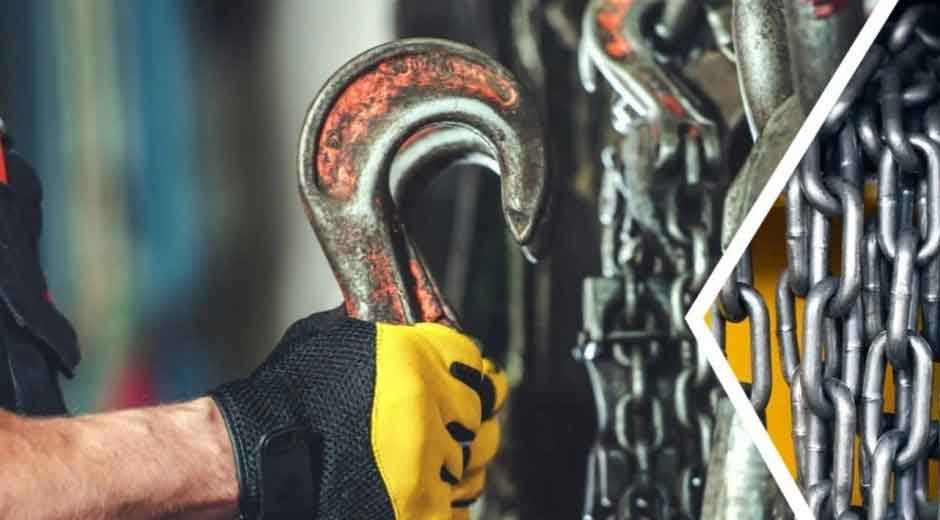In industrial environments, lifting equipment must be carefully selected to ensure both safety and optimal performance. Chain systems, commonly used in material handling and load transfer, come in various grades. Each grade is designed for specific conditions shaped by working demands and safety requirements.
Selecting the correct Lifting Chain and Components involves more than estimating weight capacity. Site conditions, compatibility, and usage patterns all influence the decision. Understanding these elements supports reliable lifting practices, which in turn help reduce wear and tear and associated risks.
How Chain Grades Are Matched to Jobs
- Selecting the right chain grade depends on strength, material composition, and the task at hand. Each grade is designed for specific operating conditions and load requirements. Here’s how they typically differ:
- Grade 50: Made from stainless steel, suitable for corrosive settings such as marine, food, or chemical environments.
- Grade 80: Heat-treated alloy steel, ideal for standard lifting in construction or logistics.
Grade 100: Higher strength with less weight, preferred for high-capacity or precision tasks.
Matching the grade to the job enhances reliability, facilitates smoother operation, and helps extend the lifespan of lifting equipment.
Environmental Influence on Chain Performance
- The physical environment in which lifting equipment is used has a direct impact on its durability and reliability. Chains exposed to moisture, chemicals, or fluctuating temperatures are more likely to experience surface wear or corrosion if not correctly matched to the setting. Key environmental considerations include:
- Humidity and Water Exposure: Prolonged contact with water can lead to rust, especially in untreated steel.
- Chemical Exposure: Acids, solvents, or industrial byproducts may accelerate material degradation.
Temperature Extremes: High or low temperatures can impact the metal’s structural integrity.
Selecting the right material, such as stainless steel, for its corrosion resistance helps maintain performance and reduce unplanned maintenance.
Compatibility with Lifting Hardware
Chains work with various fittings, including hooks, links, and clutches. Each piece in a lifting assembly should carry the same grade and load rating. If parts are mismatched, the system may not distribute force evenly, increasing the chance of failure under stress. A well-matched setup ensures that each component works together efficiently. This consistency simplifies inspections and improves operational safety during single or multi-leg lifts.
Meeting Safety Standards Through Correct Selection
All lifting gear must follow national safety standards. These regulations outline the procedures for testing, rating, and using equipment. Chains must be inspected for signs of wear, cracks, or stretching.
Defective equipment should be replaced before returning to use. Using the proper chain grade, combined with regular checks, helps maintain safety. This approach also supports smooth operations across different lifting tasks and reduces risk during long-term use.
Reliable Supply Options for Industry Needs
Many suppliers across the materials handling industry offer chain grades and fittings suitable for varied applications. Their selections often encompass configurations for high-capacity lifting, environments prone to corrosion, and complex rigging requirements. In addition to equipment, some providers offer services such as inspections, guidance on component selection, and compliance support. These resources help teams select gear that meets job requirements and safety expectations without relying too heavily on a single solution.
Choosing the correct grade for Lifting Chain and Components begins with reviewing key factors, including environment, compatibility, and safety standards. When these considerations are addressed early, equipment performs more reliably and reduces the chance of interruptions. With informed selection and ongoing maintenance, lifting systems can operate safely and efficiently across a wide range of industrial settings. This helps maintain consistent workflows while meeting the practical demands of heavy-duty operations.










